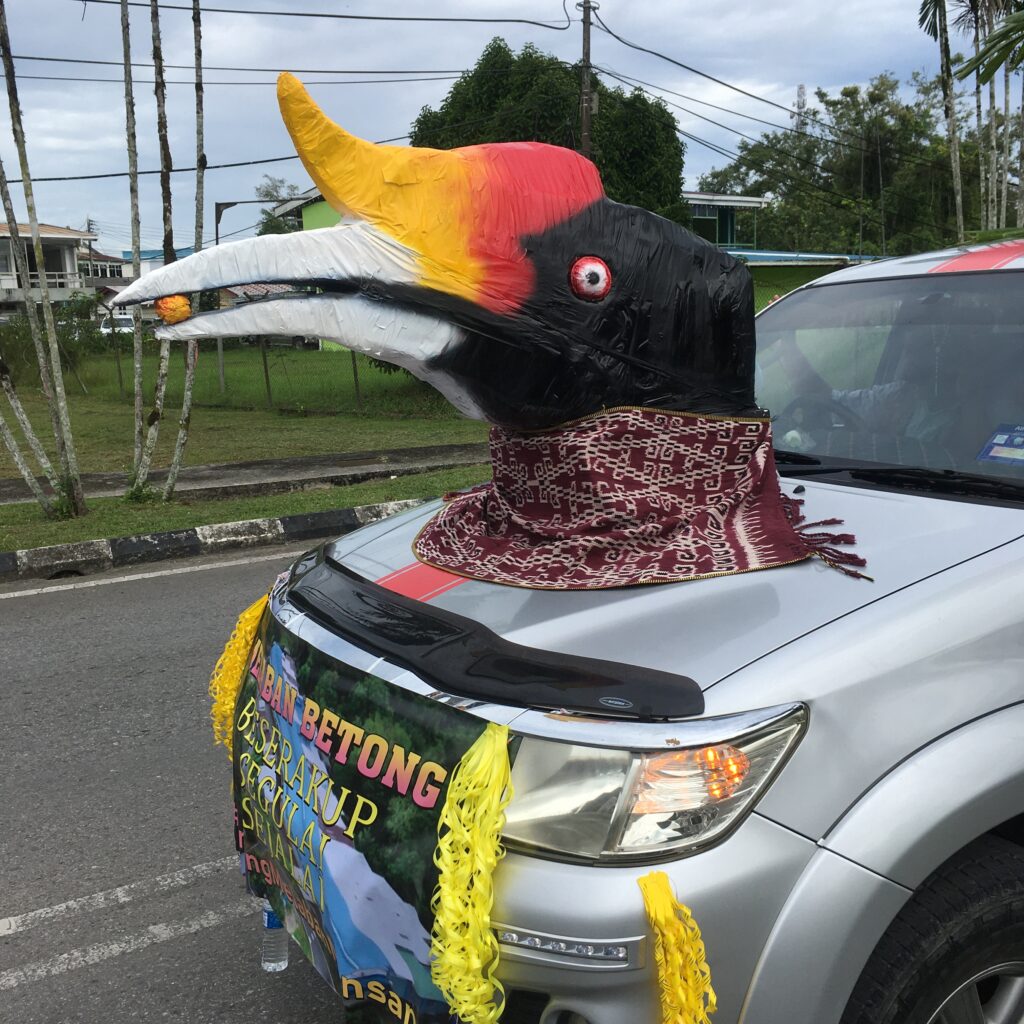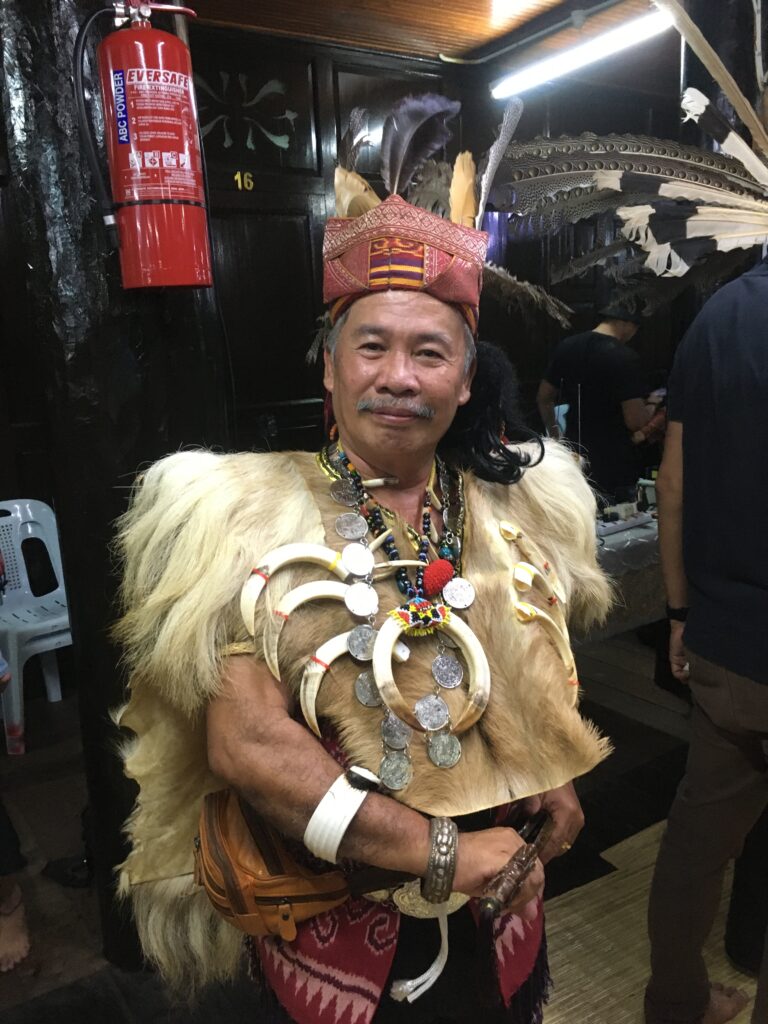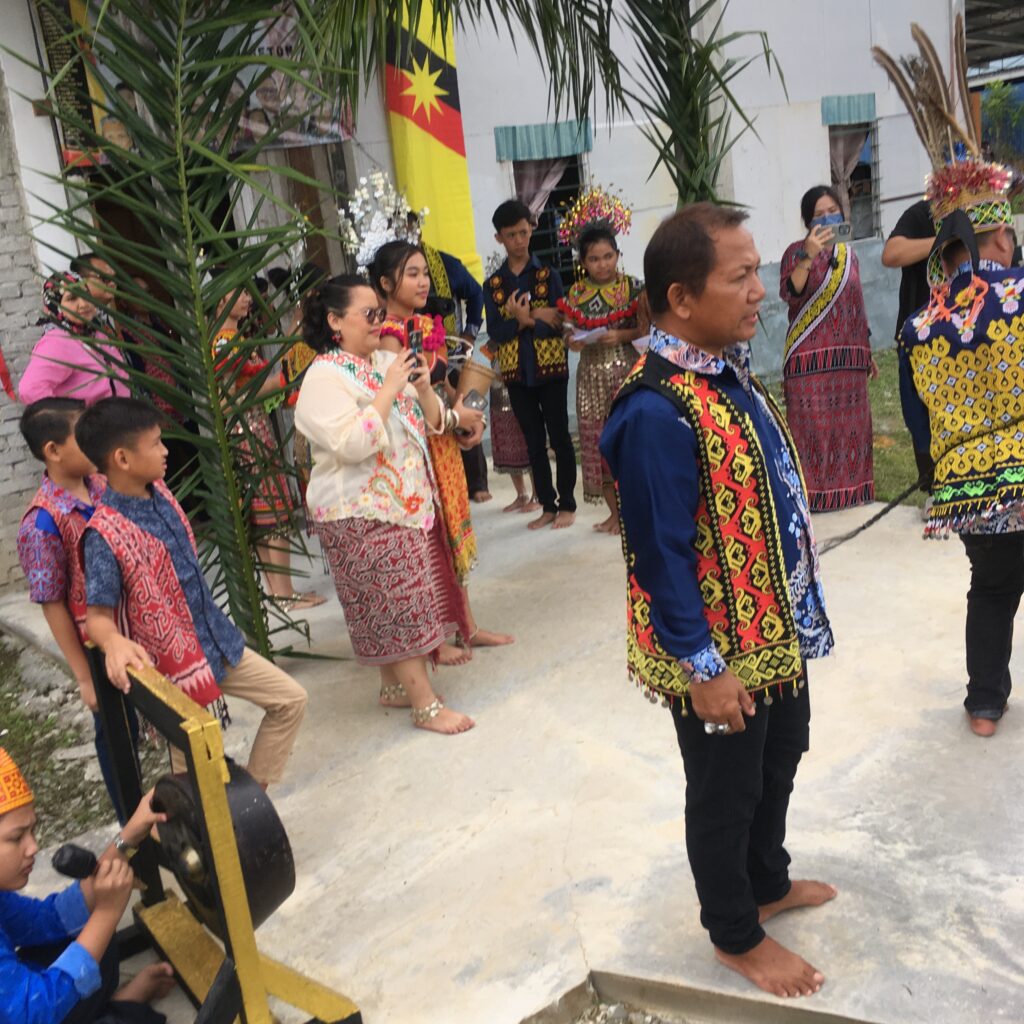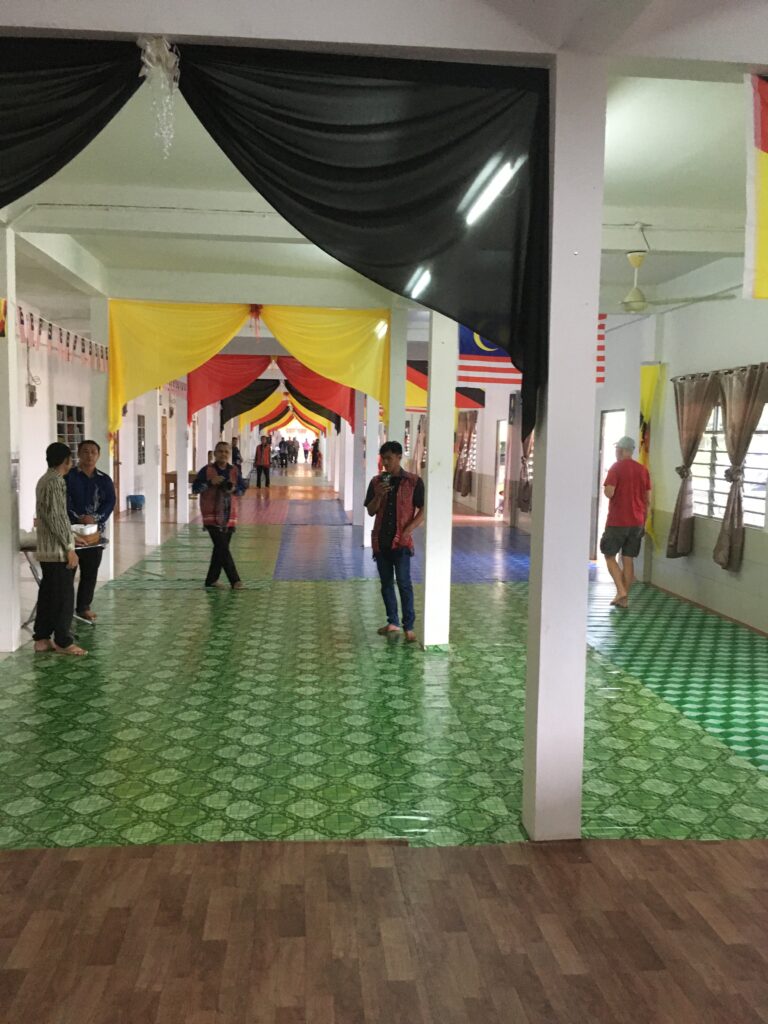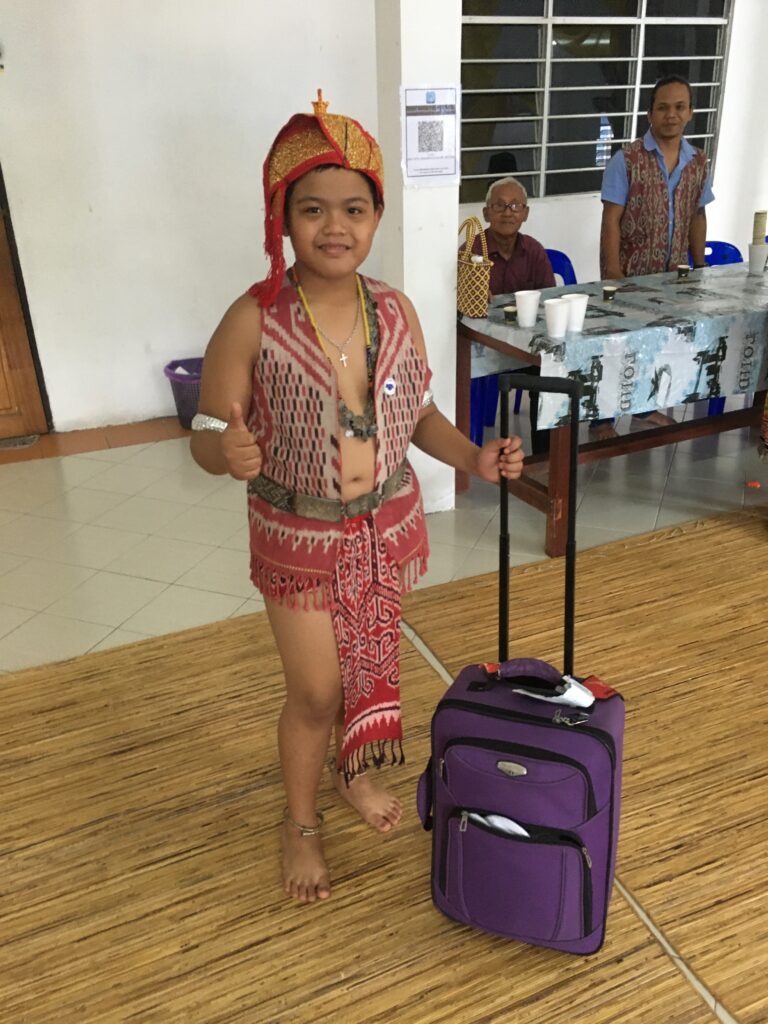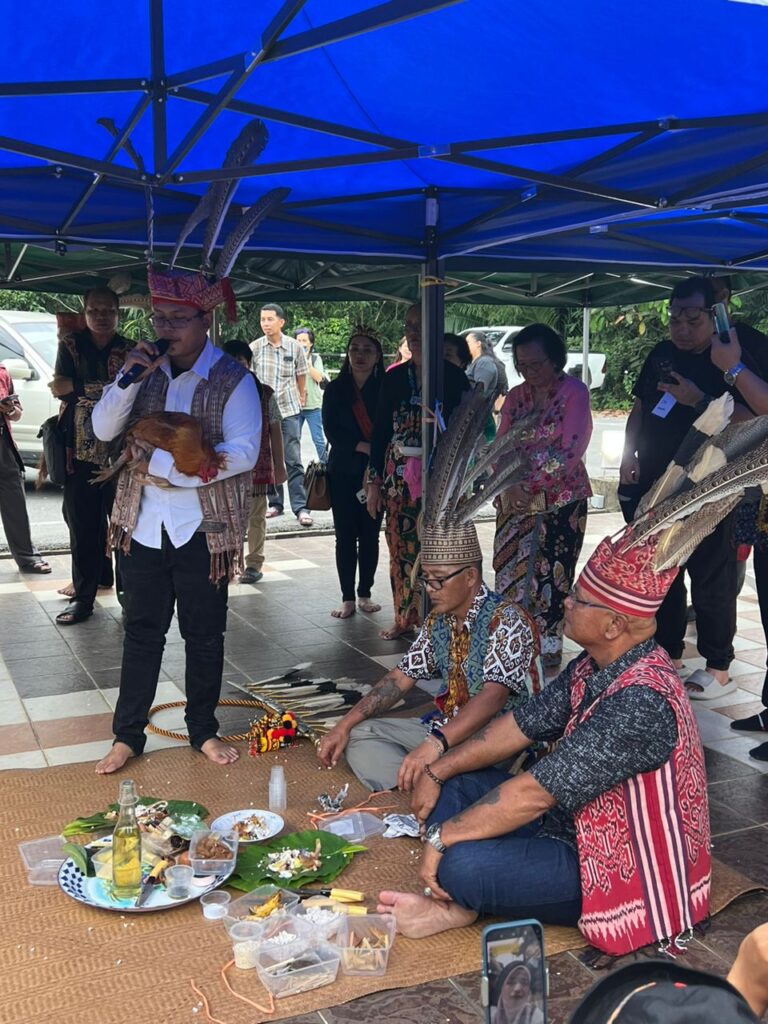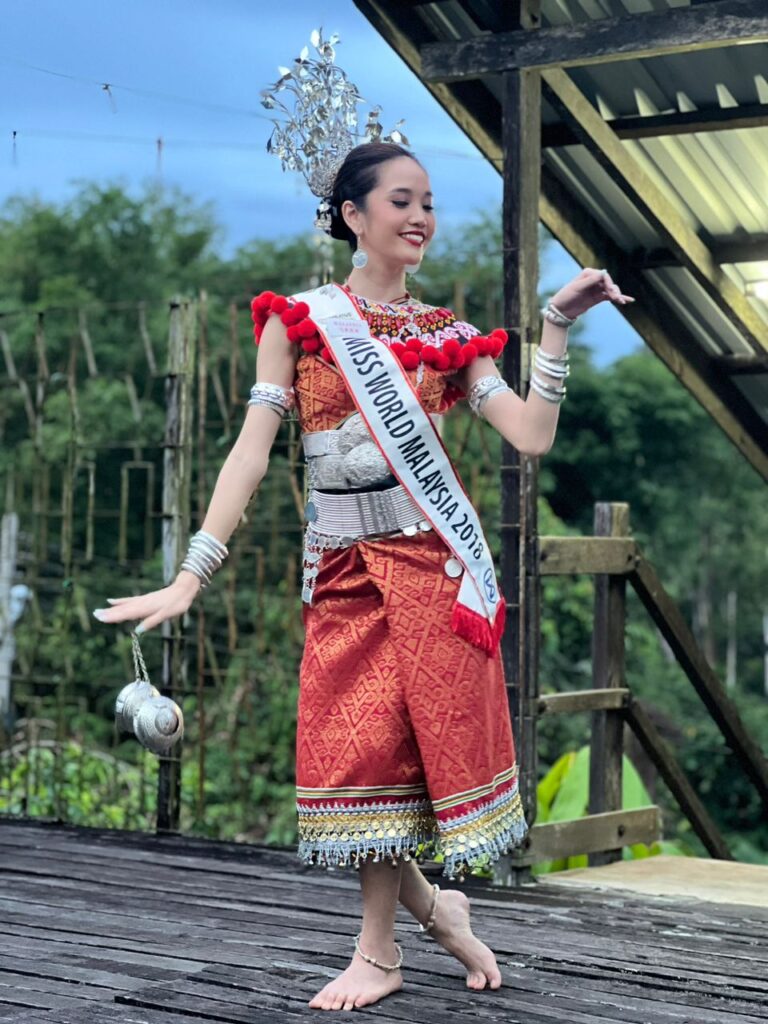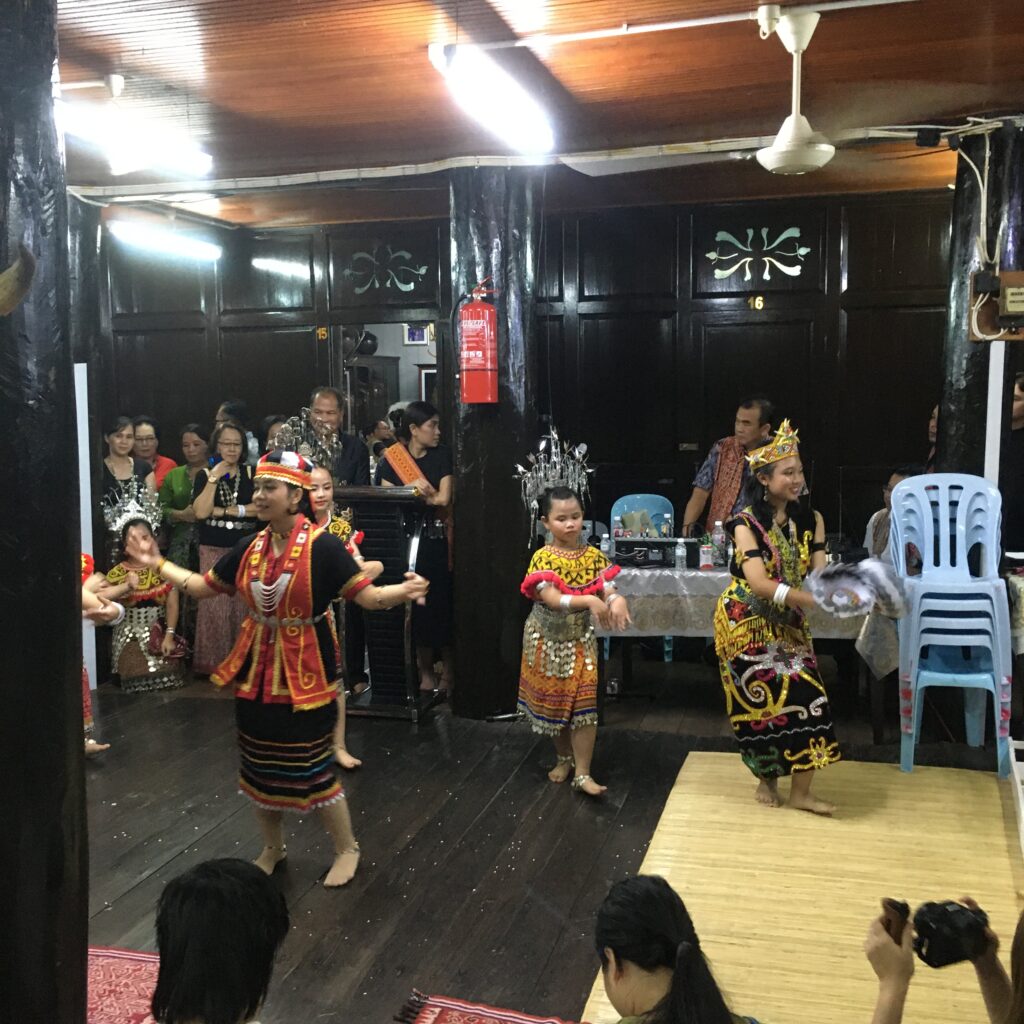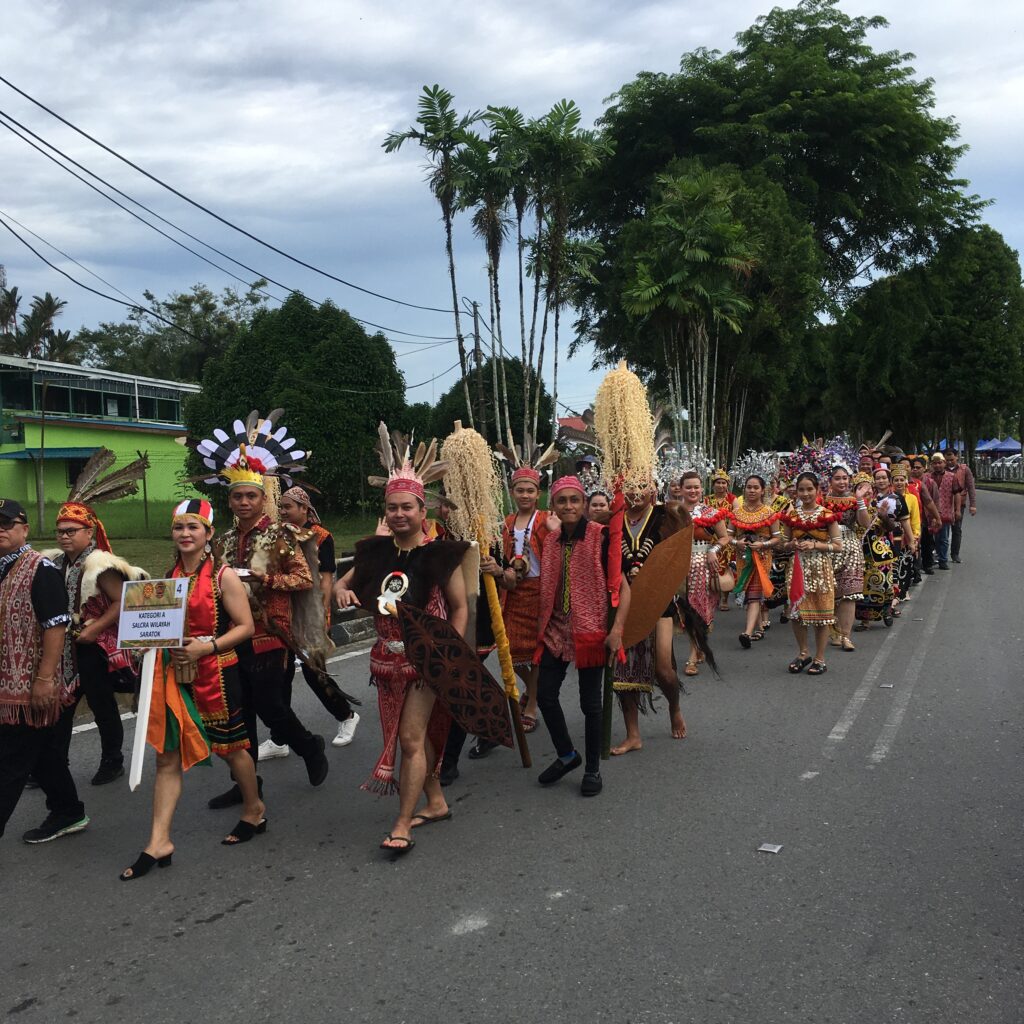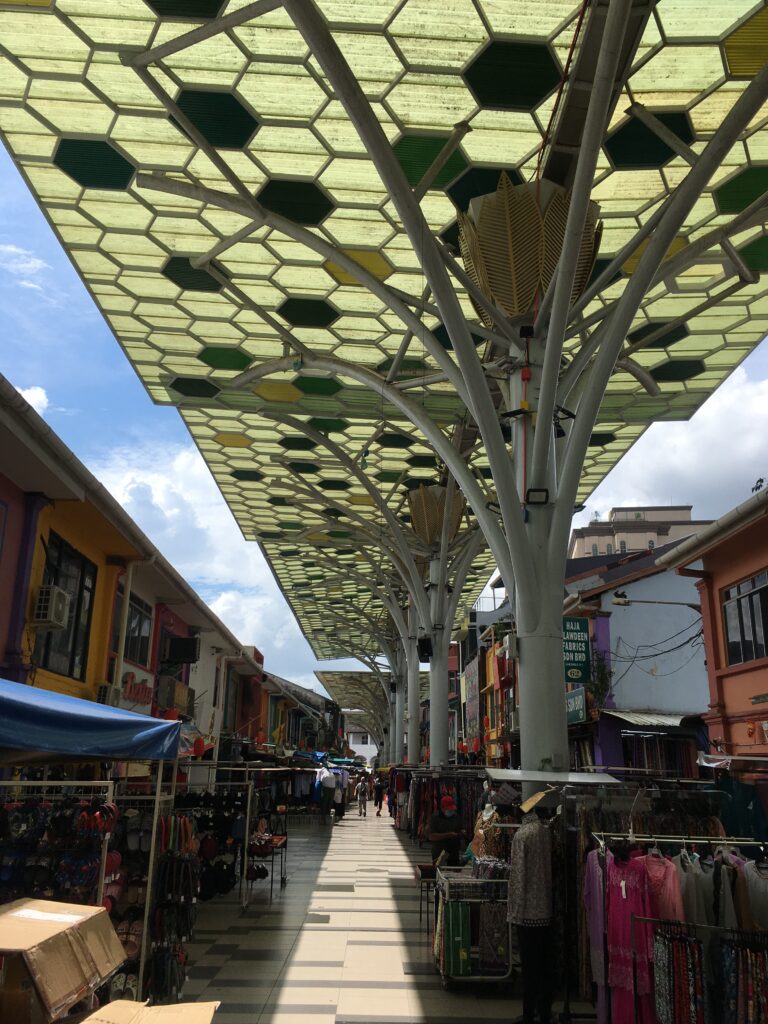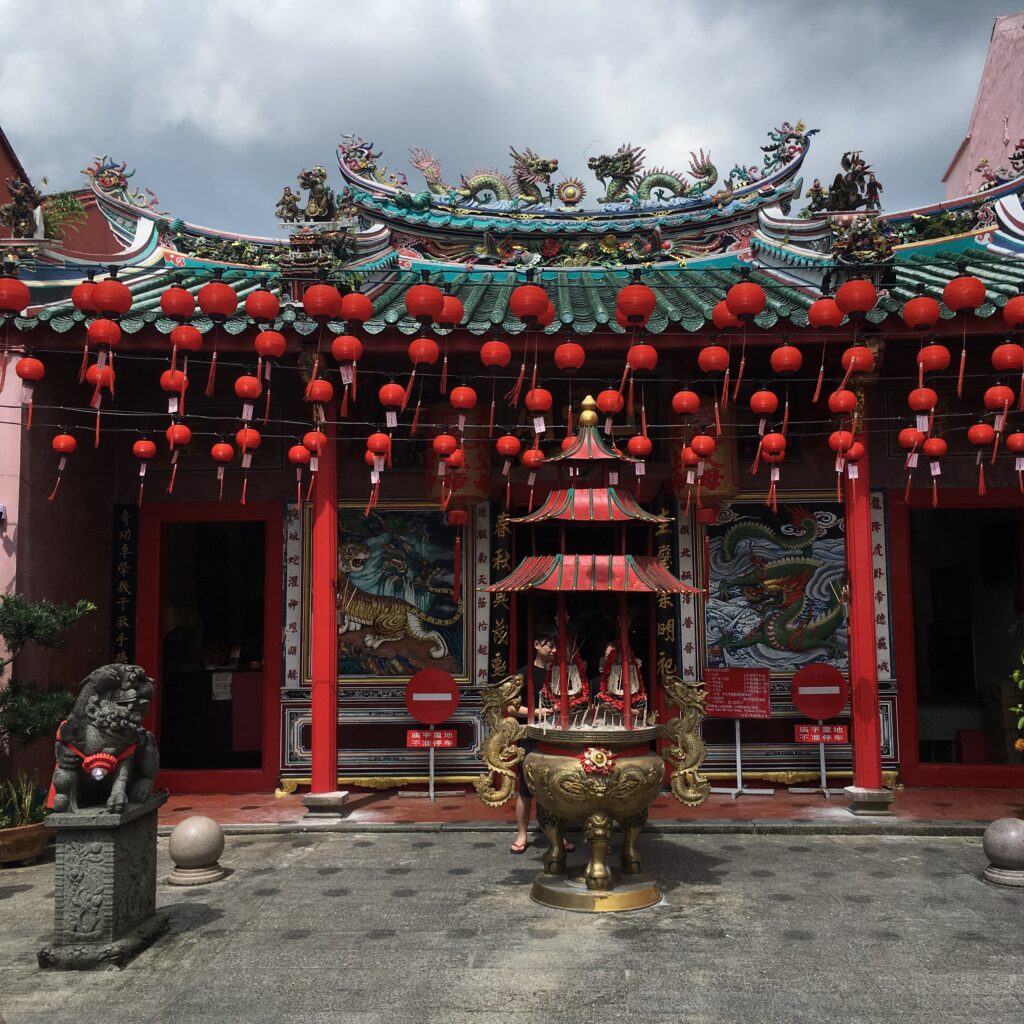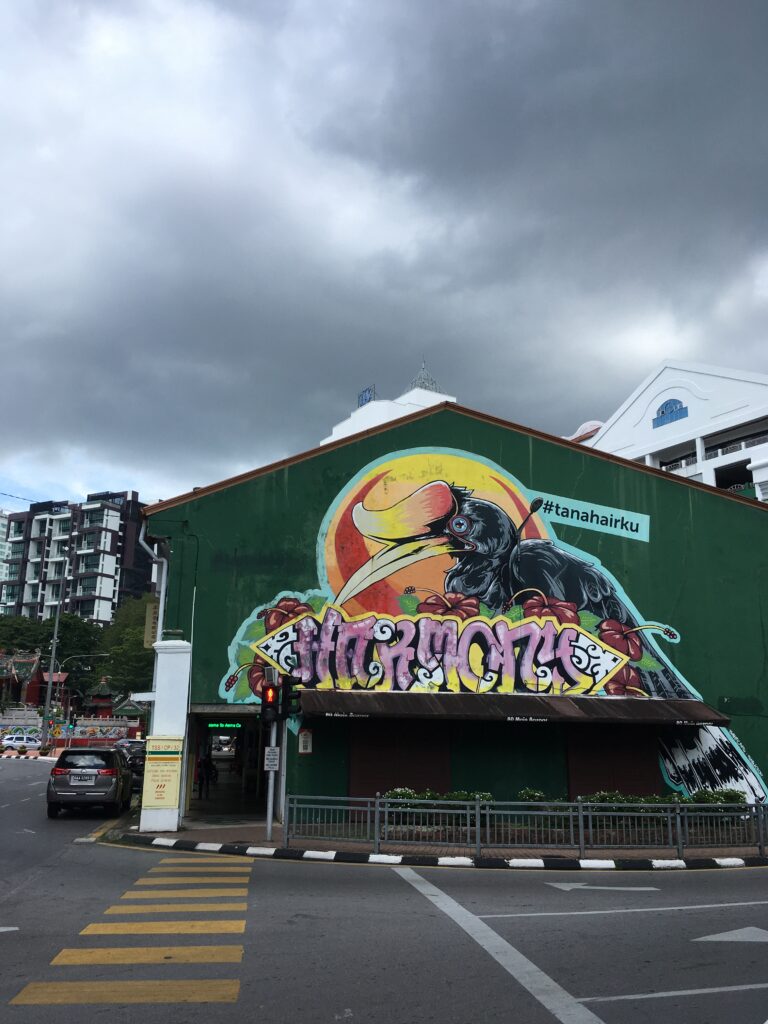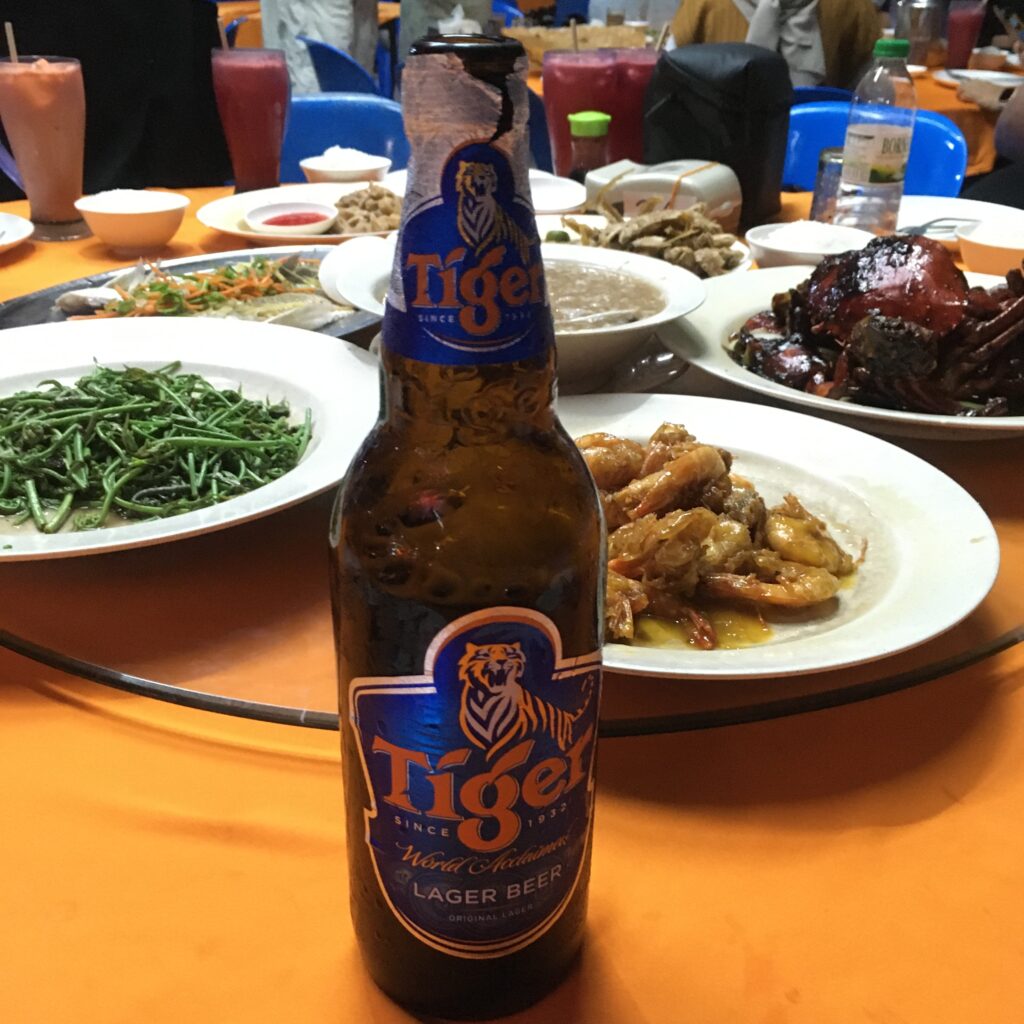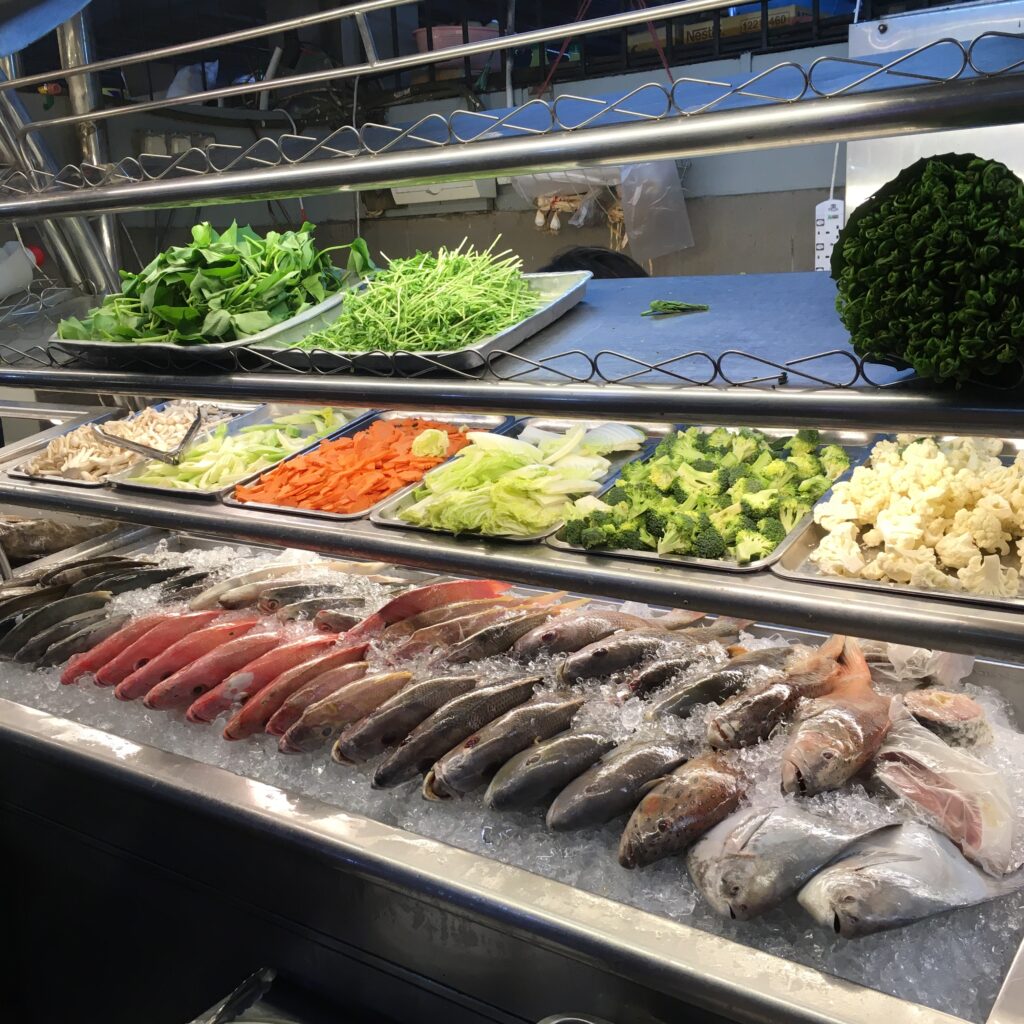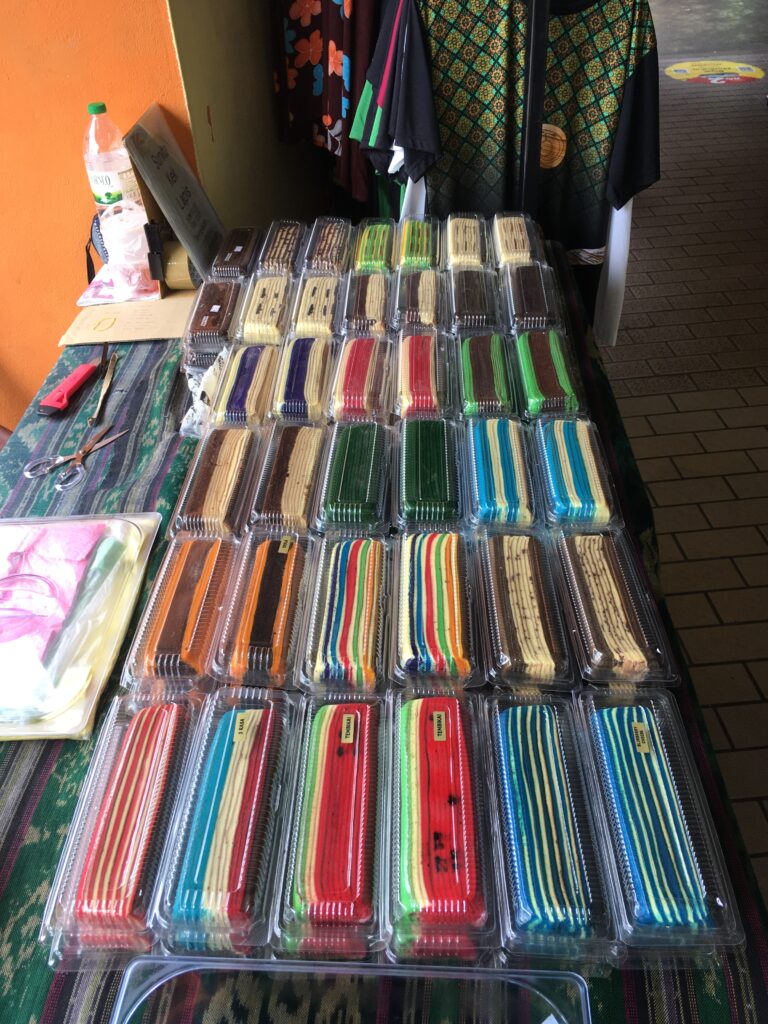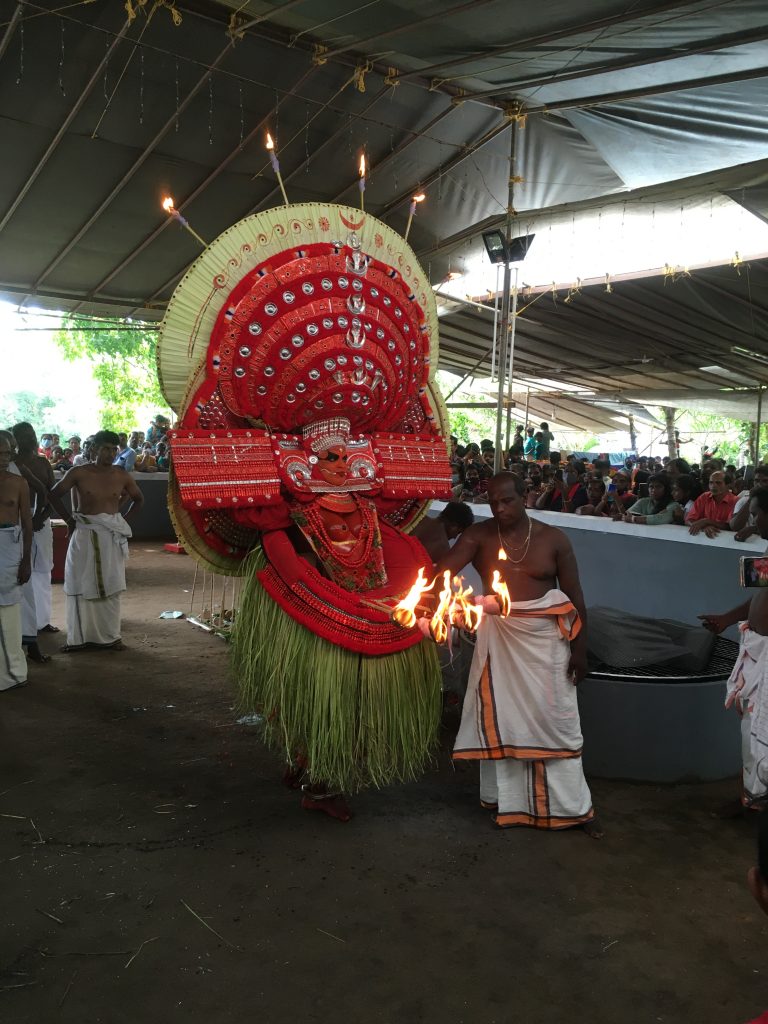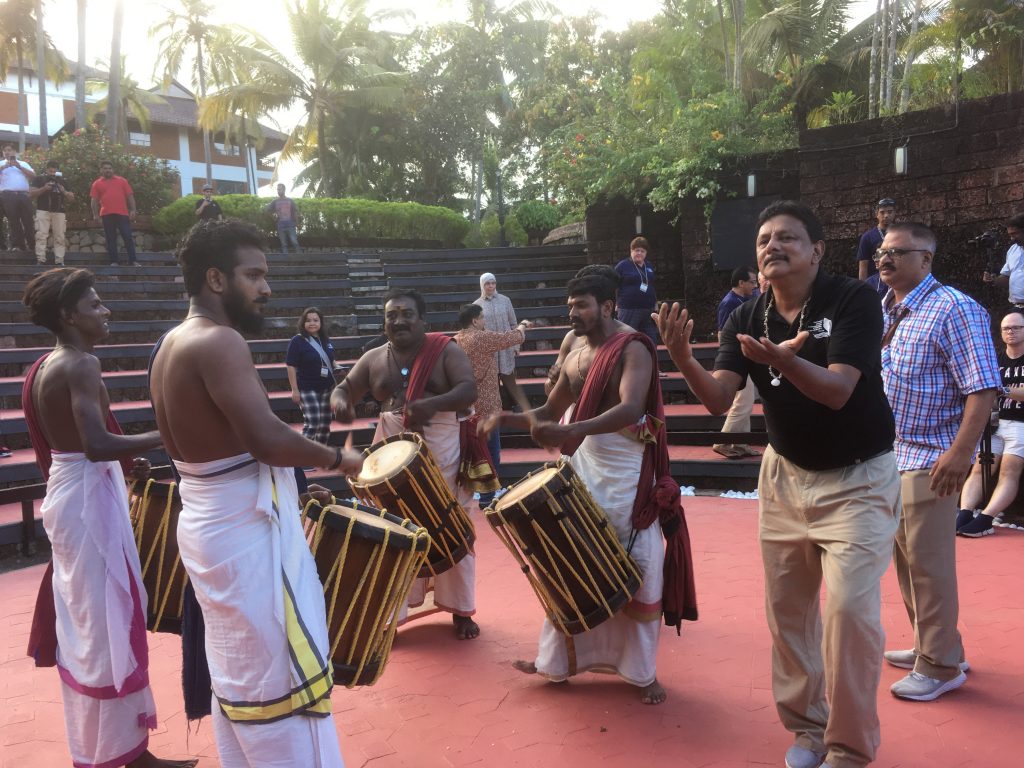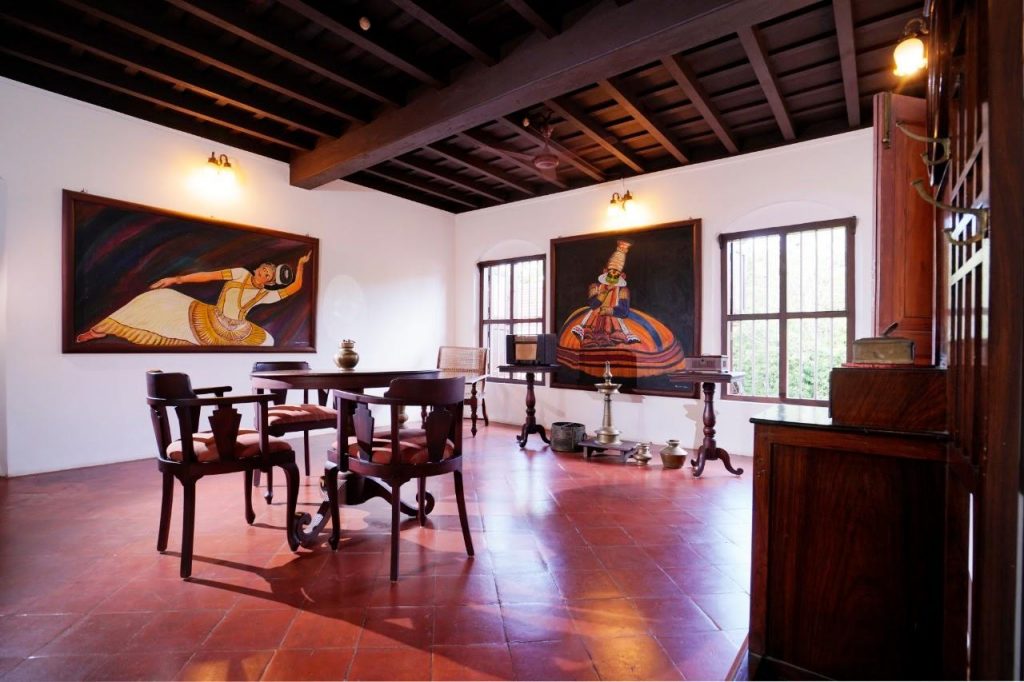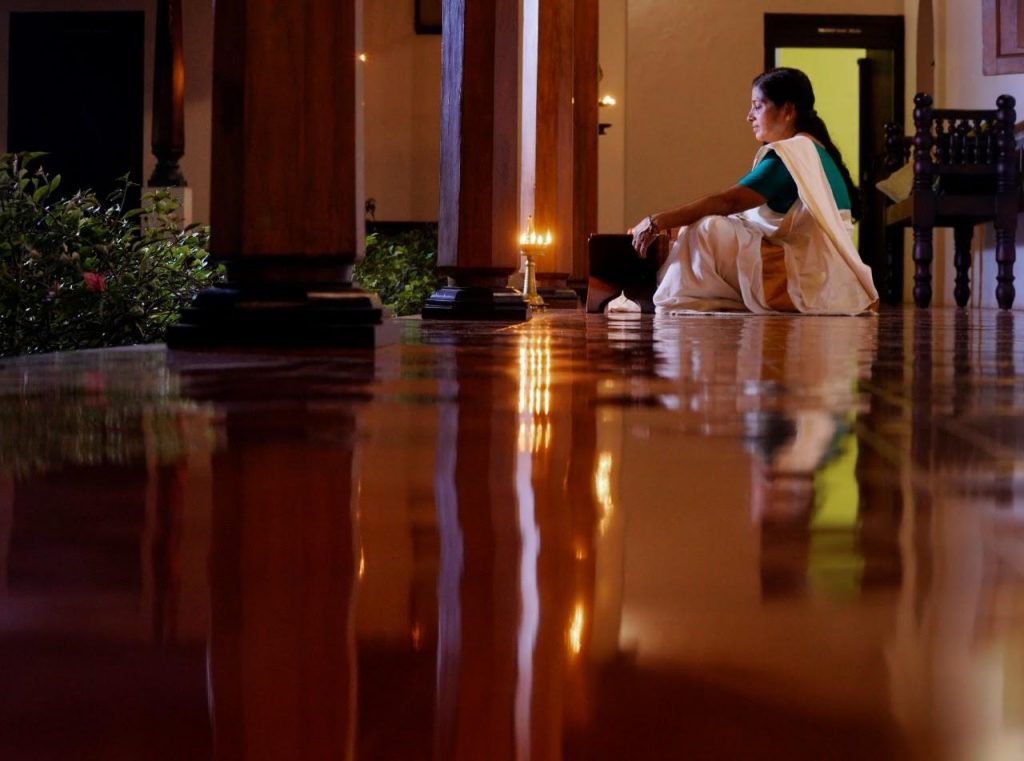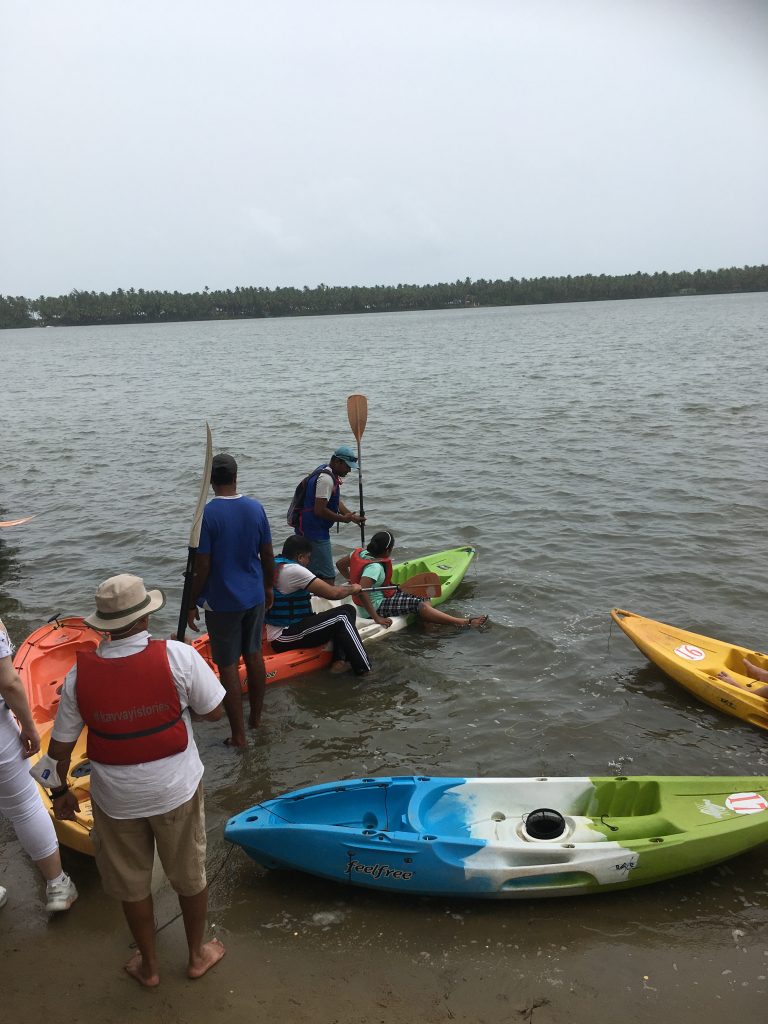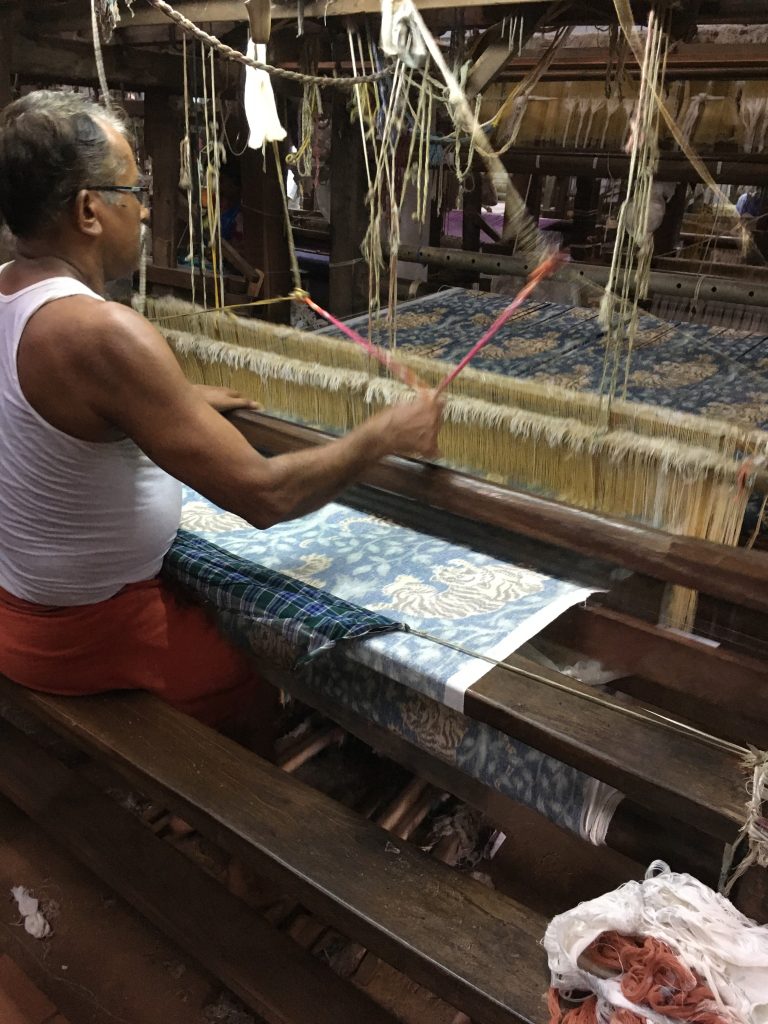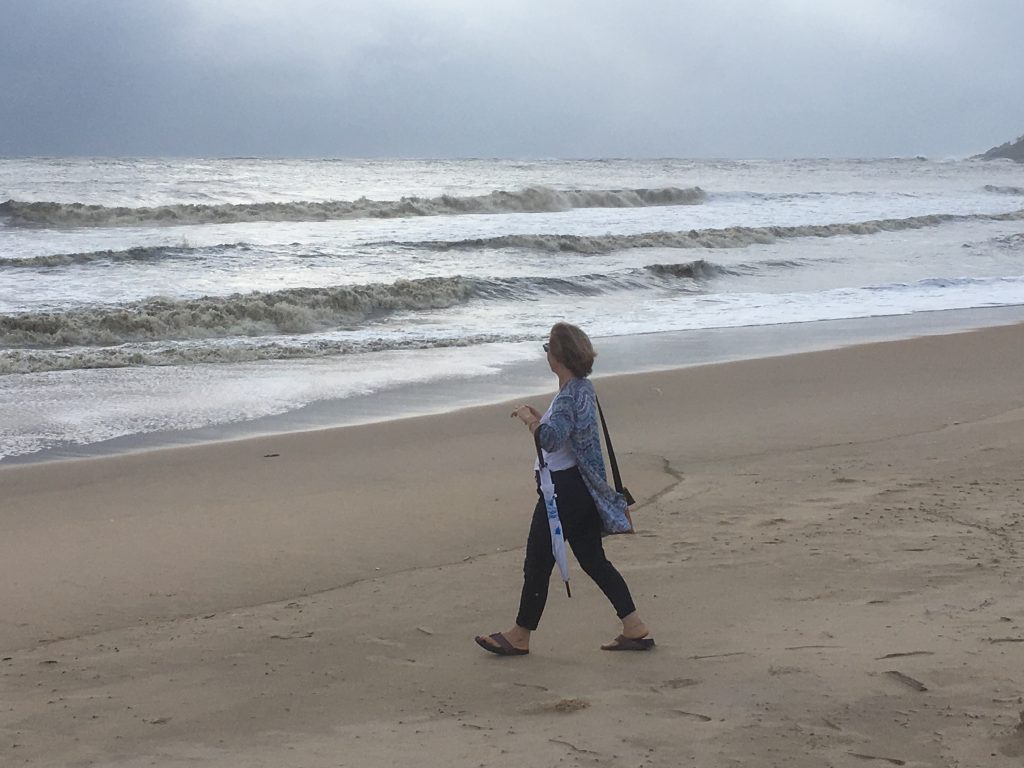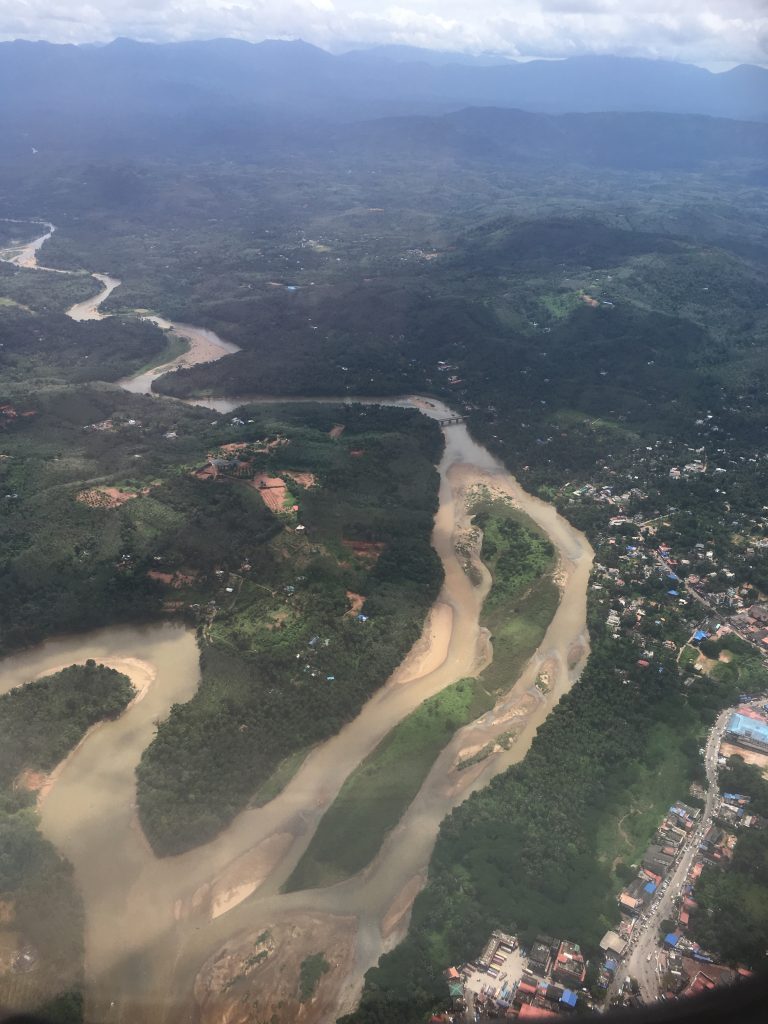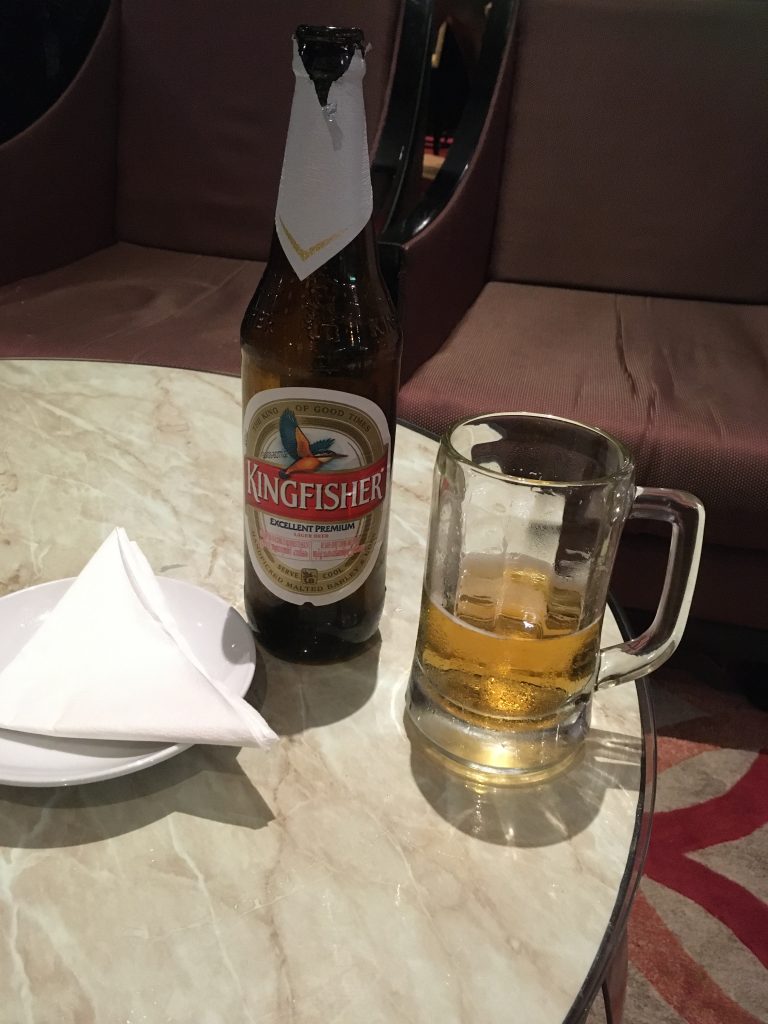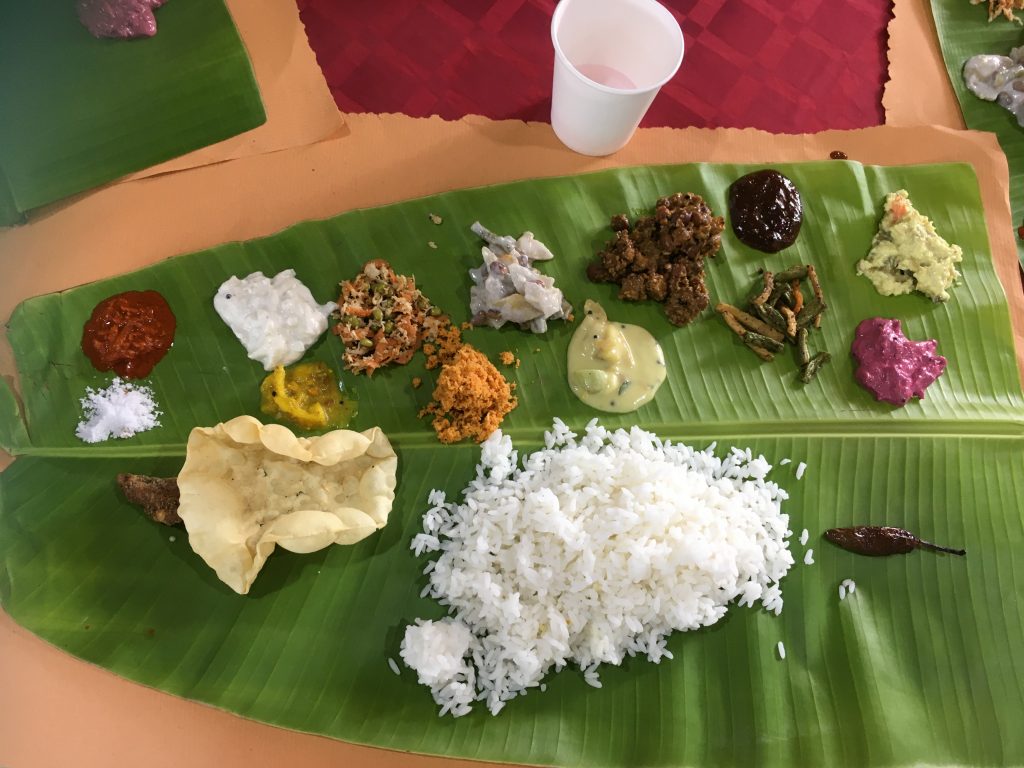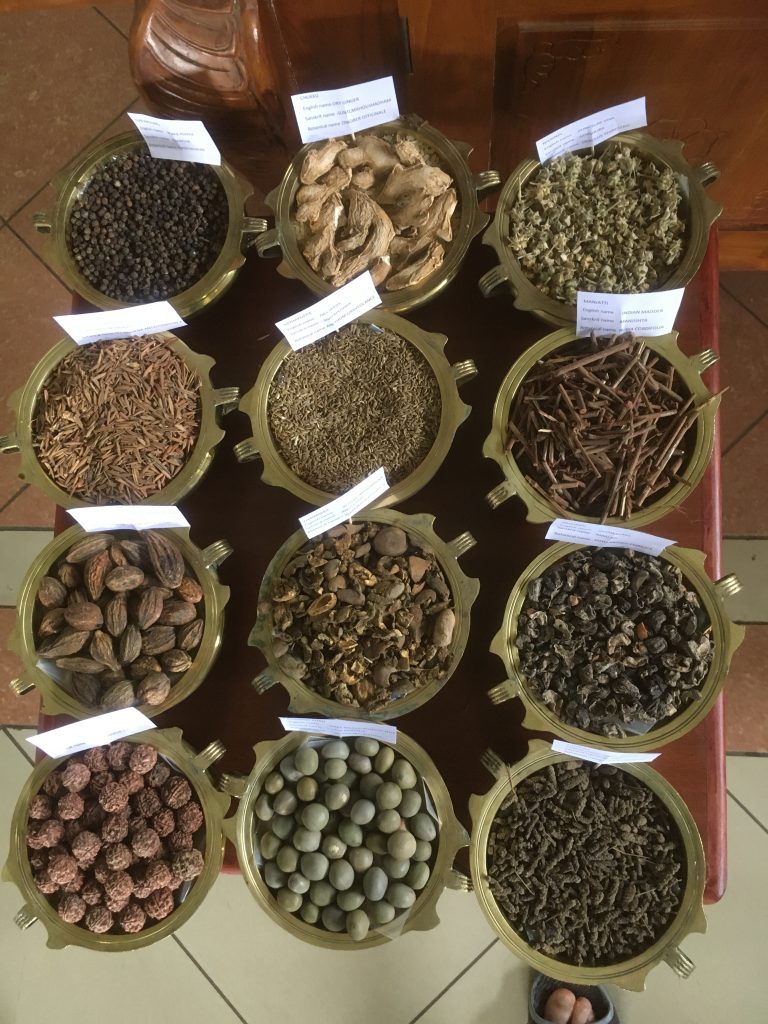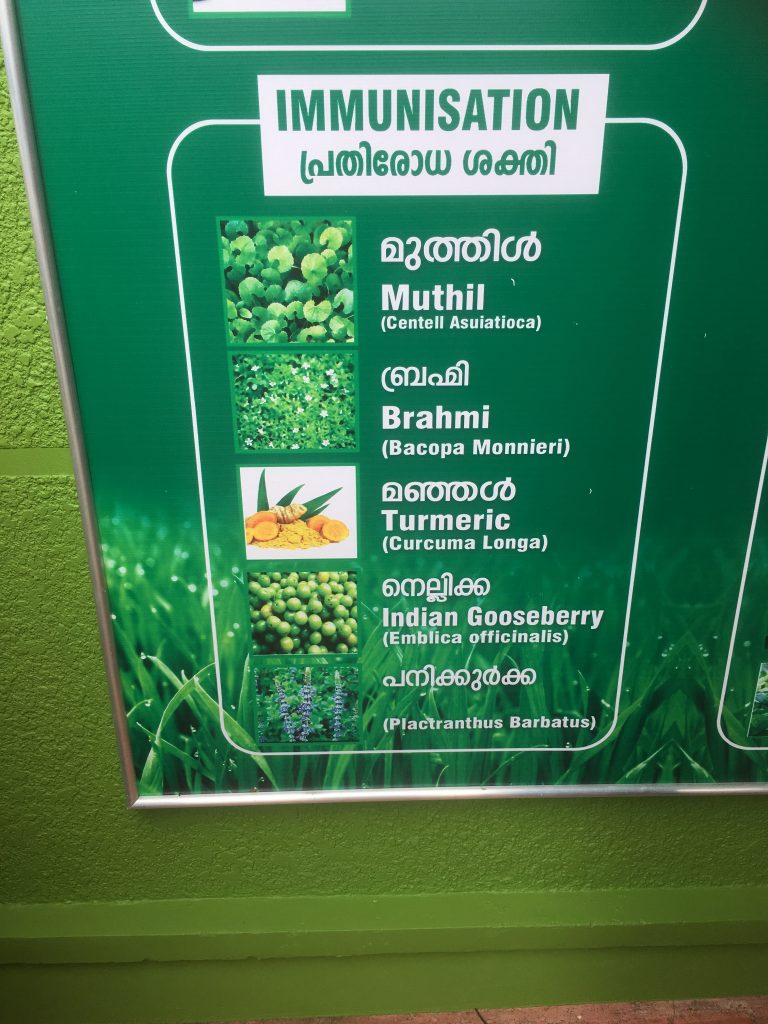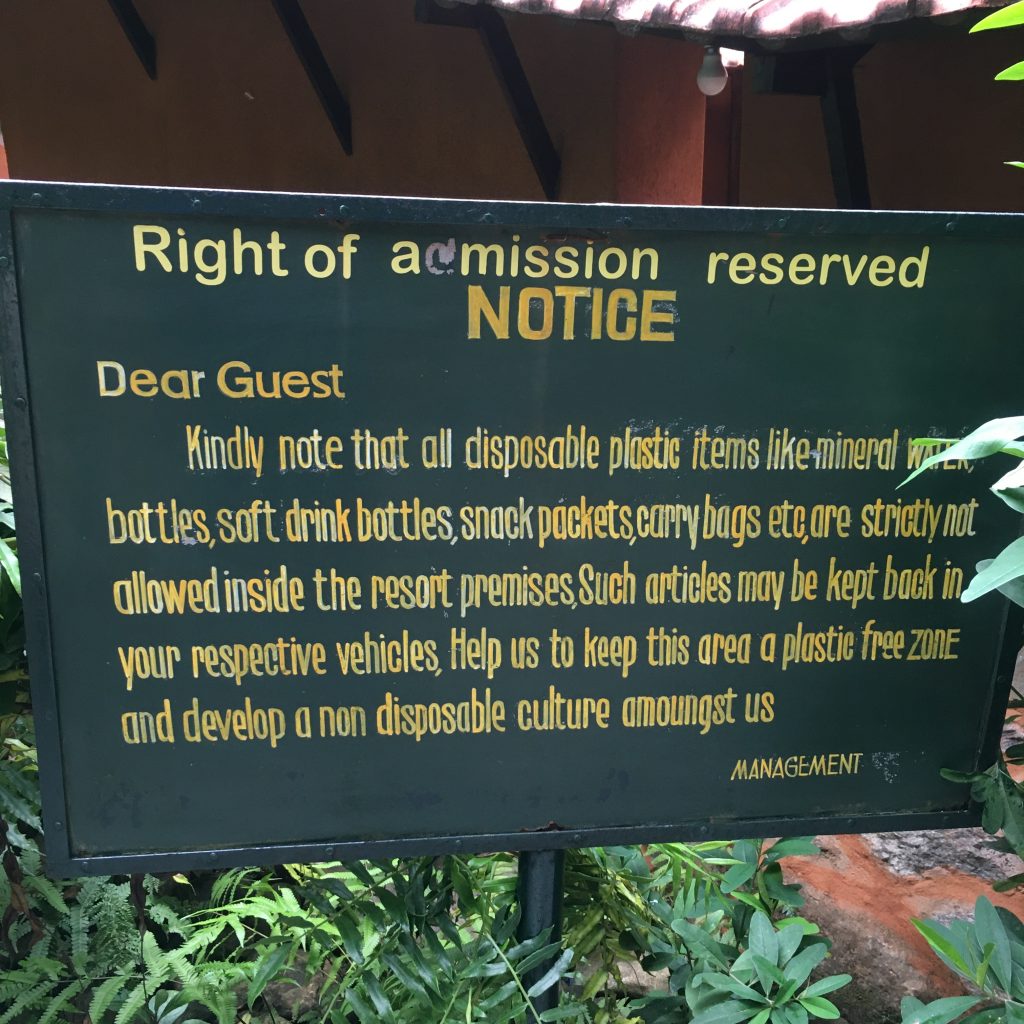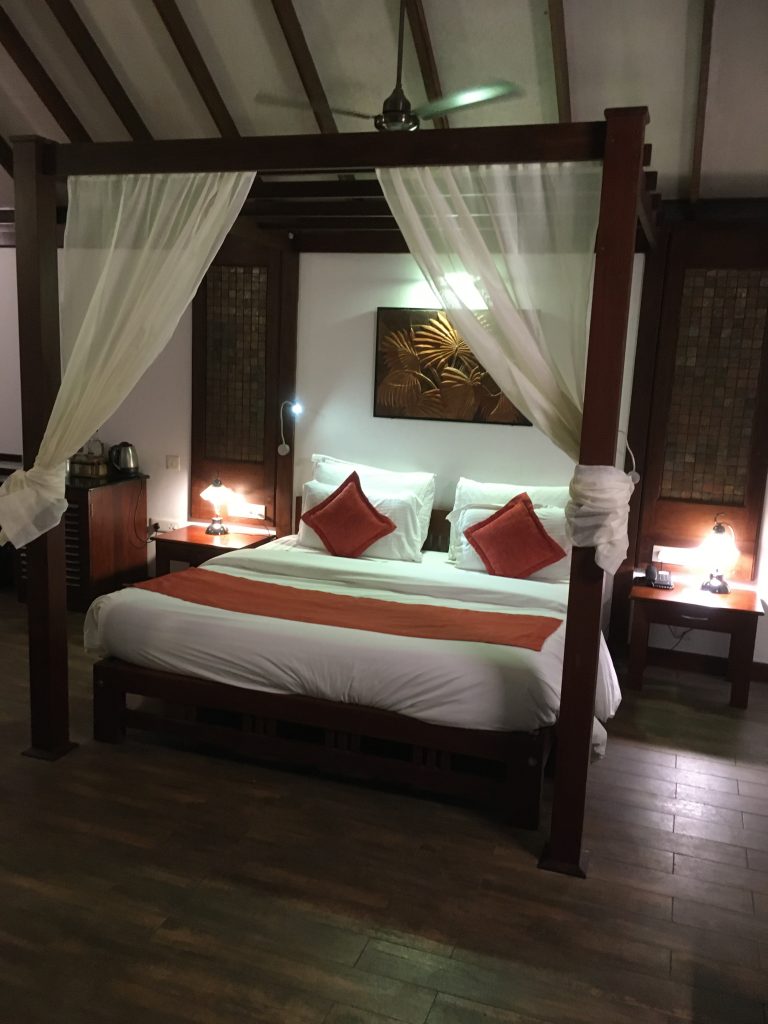
Scrumptious delish food in Malaysia is as important as breathing. So many choices and not necessarily spicy (unless you ordered it that way). Sharing with others is always a treasure trove of delectable offerings which in turn entices much chatter amongst the devourers. As always cuisine is subjective – in what one may like, another may prefer a more vegetarian or non-veg option giving everyone their varied choices – and in Malaysian either way it’s easy enough. Please note, meat eaters in Malaysia are predominant.
But to be honest, I could easily eat a bowl of hot boiled rice with a range of any of the tasty sauces poured over the top – with neither meat or vegetables, it’s still so yummy.

Lachau Market was one of our stops along the way to the Gawai Festival in Matop. Here’s where you’ll find lots of goodies, but it’s the fruit and vegetable market we were all eager to check out its produce.

Markets are always interesting with no shortage of food choices. Smelling the smoky BBQ within the complex, it was hard to resist the temptation before our pre-booked lunch.

Ginger and spice and all things nice. The variety and freshness of the goods would ensure no plate full of homemade cooking with these kind of ingredients would ever be left uneaten. Preservatives do not exist here!

Anyone for a hot chili? I’ve been warned that the smaller the chili, the hotter the seeds are. Just ask me, taking contact lenses out after preparing chilies is never ideal. You would rather poke your eye, than forget – lesson learnt. Here an abundance of the ‘hot stuff’ and what value for money!
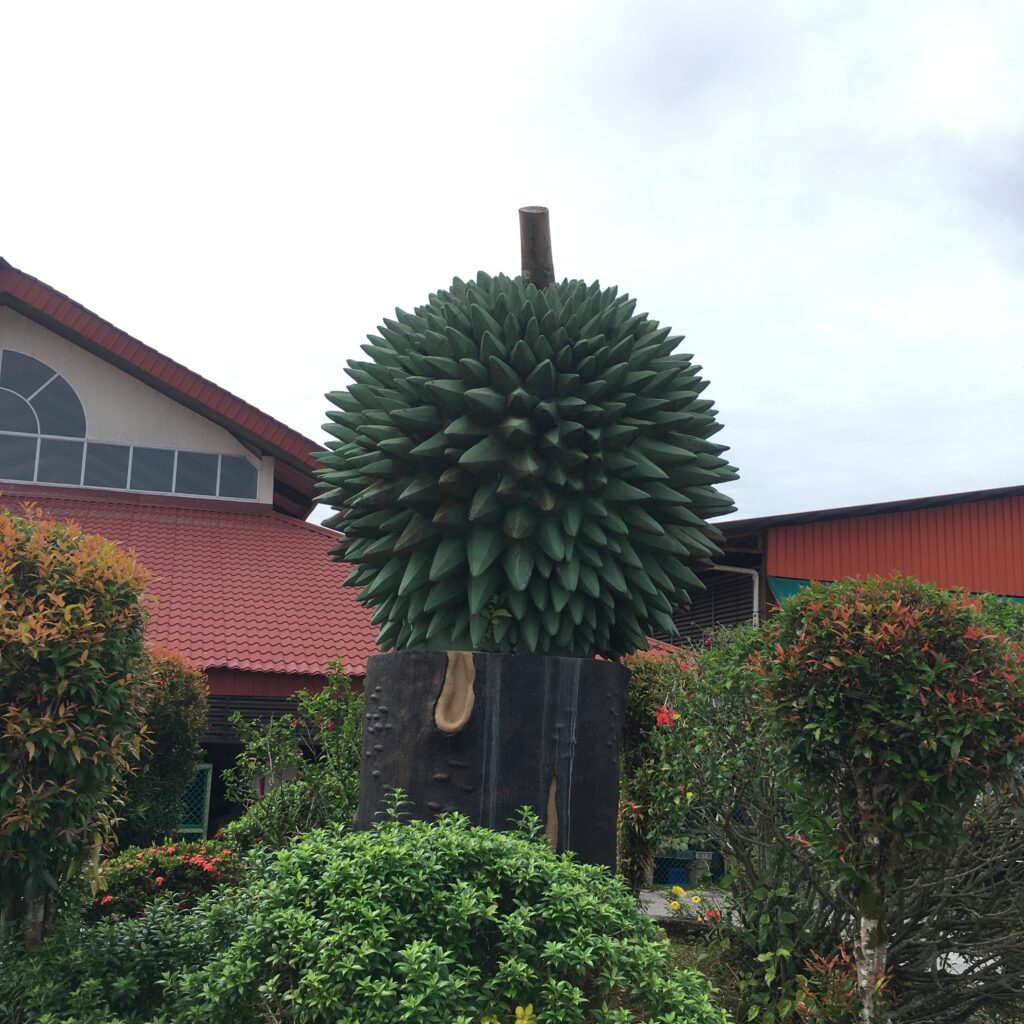
Durian … many hotels scourge, but lovers of the fruit are adamant the smell is its drawcard. One can only assume that’s the same for any kind of fruit, but durian prevails and grows prolifically in the wilds.
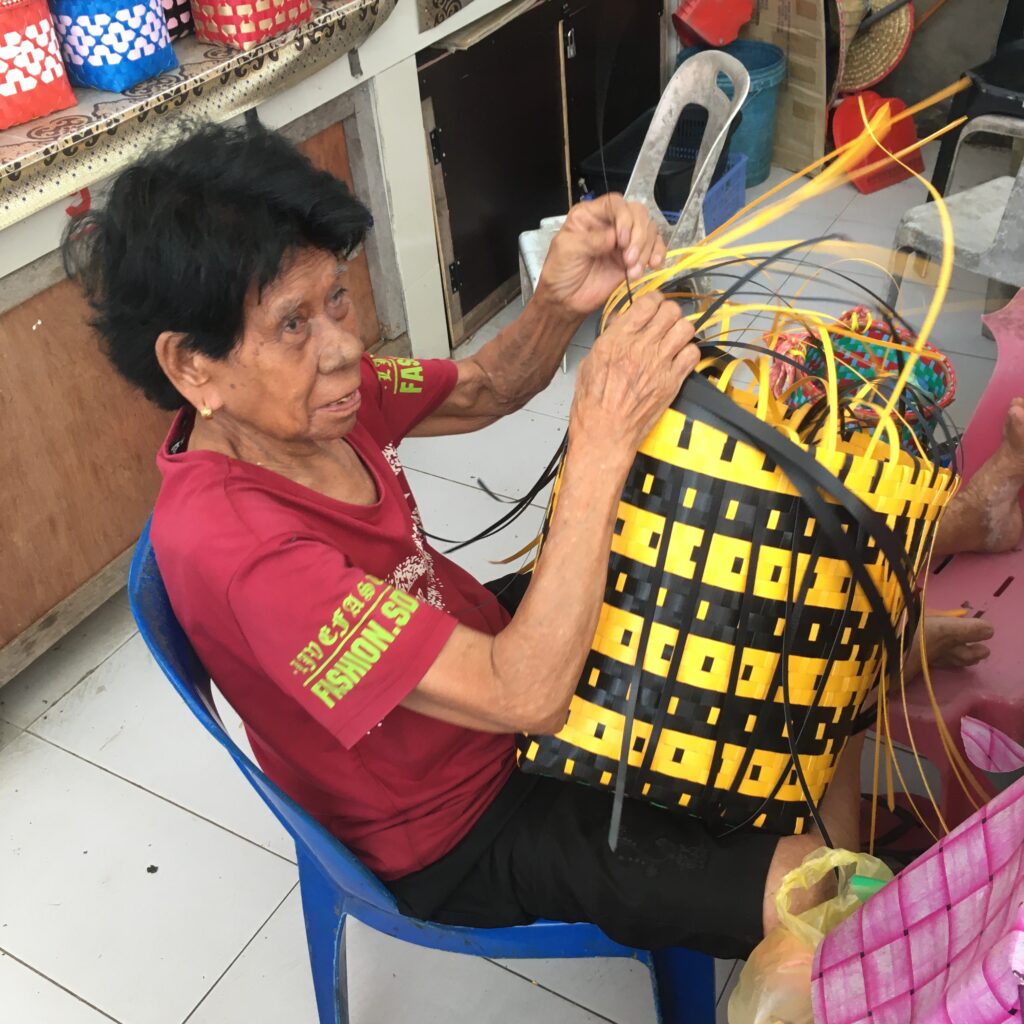
Basket weaving by hand is also an artform in its own right. This lovely lady allowed me to take her photo whilst perfecting her much sought-after wares for sale. And, of course, everyone needs a reusable bag to carry home all the produce that’s being supplied by locals.
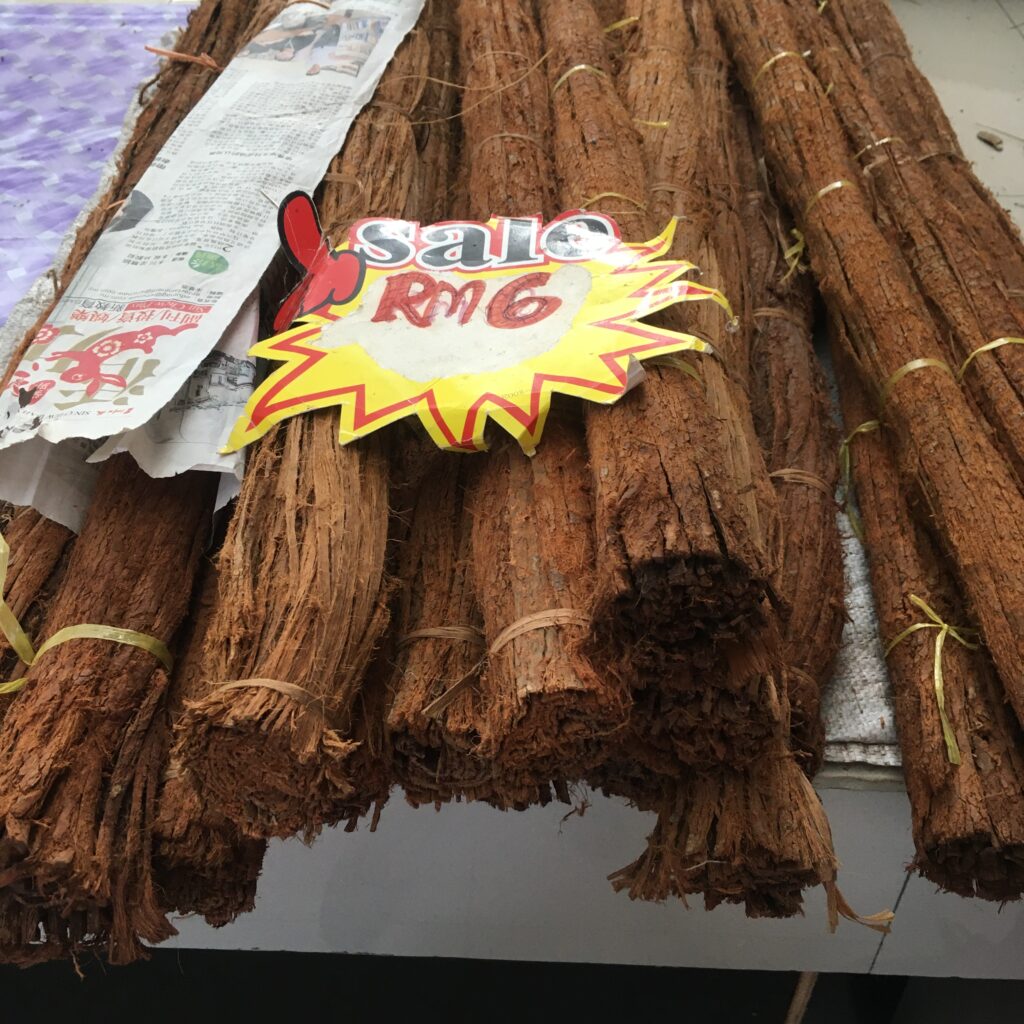
Keeps mosquitoes away a great way of natural interventions without using sprays and pesticides. A big plus from me.
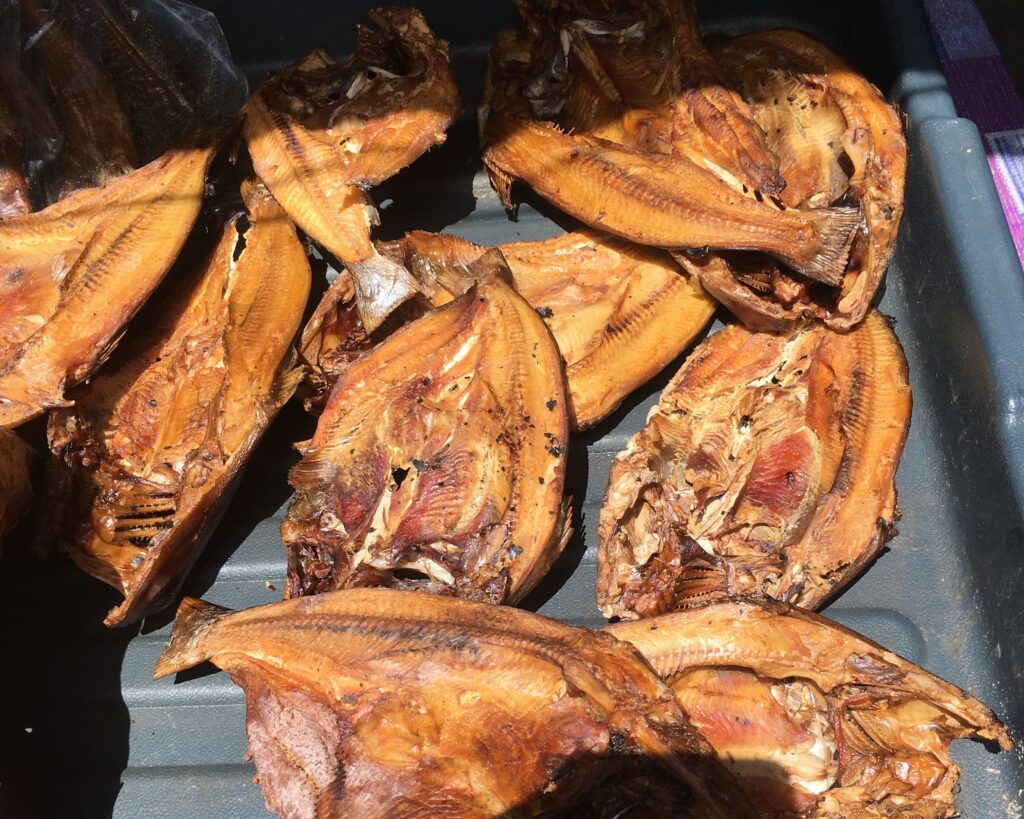
Considered a ‘dry market’ you can also buy cooked meats and fish. Why waste time cooking at home when someone can do it for you earlier on? More time to watch some of the incredible sunsets in the evening over the mountain ranges which are near to these quaint stops.
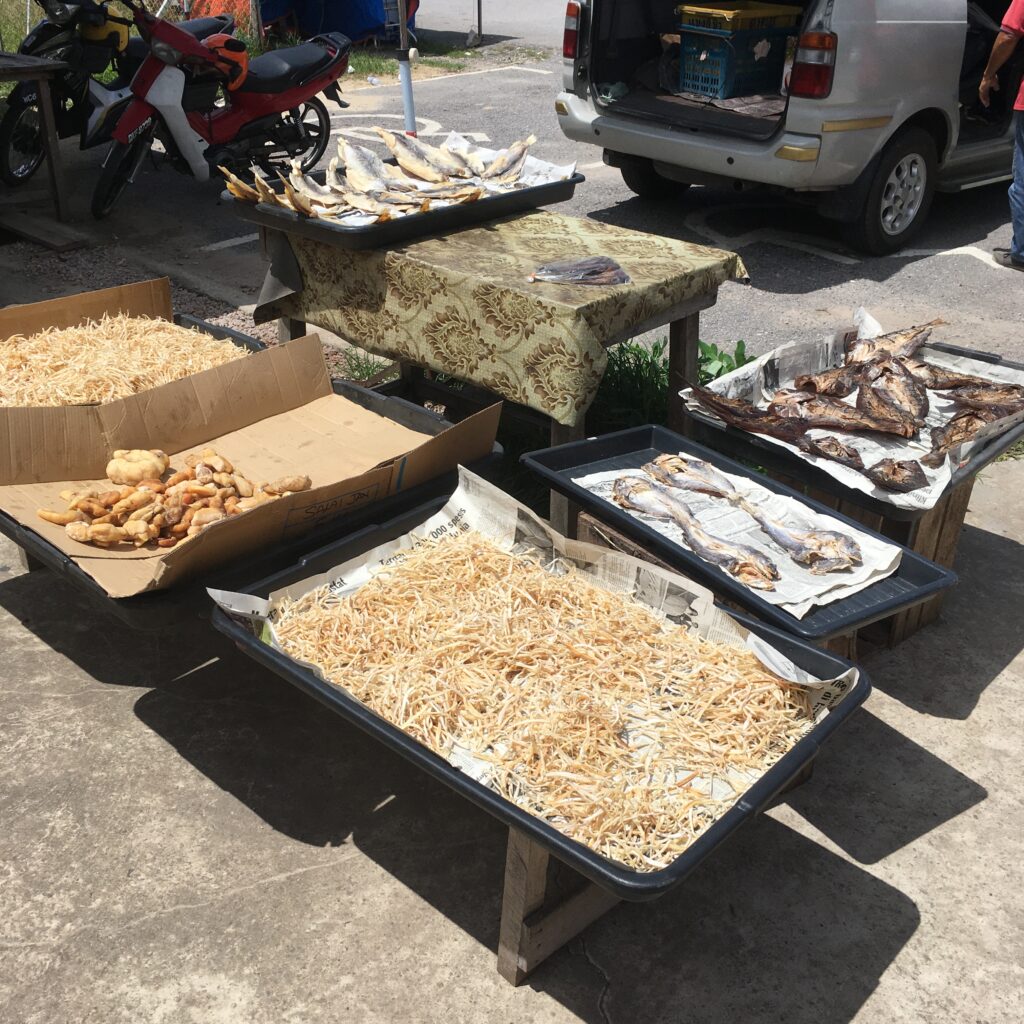
The variety of fish is quite astounding, no need for making a plan; just head to the market and decide on the day what’s for lunch or dinner.
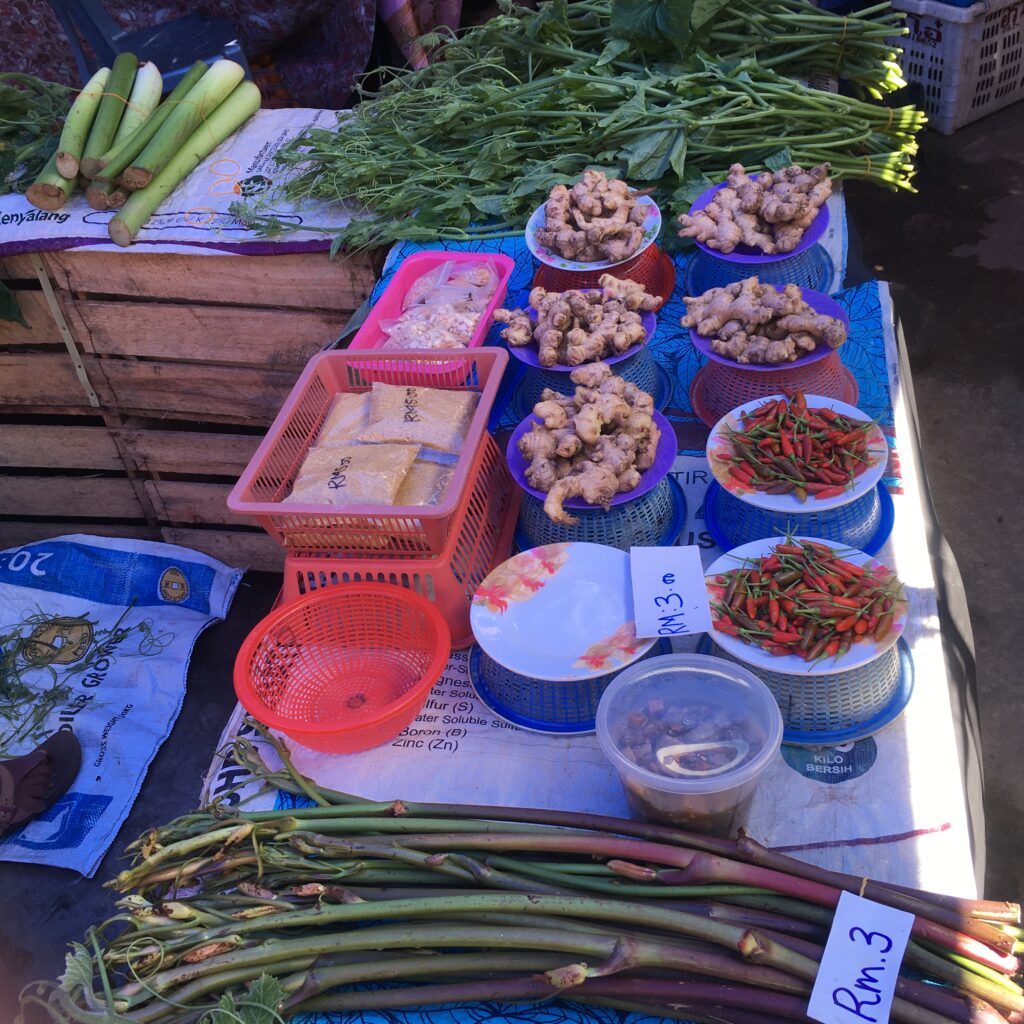
And to add to those fishy ingredients, here’s all the flavour under one roof. Add a bowl of rice and presto!

So fresh and available in Malaysia as a staple is this Midin plant. First-time visitors to Sarawak are likely to be introduced to midin, perhaps stir-fried with shrimp paste (belacan) or sautéed with garlic. There are plenty growing wantonly in peoples’ backyards, but there is “something different” about this humble wild jungle fern called midin (or lemidin). The crunchiness as well as its sweet-briny taste when cooked with shrimp paste, or perhaps its allicin-like toasted-nuance flavour when garlic-fried, that makes it an “out of this world” sapidity.

Tasting very much like a Pink Lady apple, it’s as sweet as.

Heading onto Serian there’s much to admire about the lushness of the flora of Borneo. It benefits from year-round temperatures averaging between 27°C and 32°C, with a relative humidity of around 80% for much of the year. Rainfall can exceed 4,000mm per year in pockets of Borneo, although in most destinations an average of 220mm per month is the norm.
Generally speaking a peak in rainfall occurs between November and March, although even in these months the rain can be sporadic, making it difficult to pre-determine which will be the wet weeks or the dry ones.
Furthermore, there are many benefits of lower visitor numbers to be enjoyed in the traditionally wetter months, and the National Parks, wildlife sanctuaries, jungle lodges, caves and dive sites may be far more appealing with fewer fellow visitors.

Once we had finished off our day travelling through the amazing countryside it was time to relax. And, what better way than to share a Bad Cat Borneo drink with your colleagues. Very appropriate.

When the you’ve enjoyed a shot of Bad Cat Borneo, you too can be bad and wear clothes which resemble pajamas and make friends with a tame bullock in Serian. Yes, he’s my new bestie mate in Malaysia.
Next stop Kuala Lumpar for a quick stopover.
